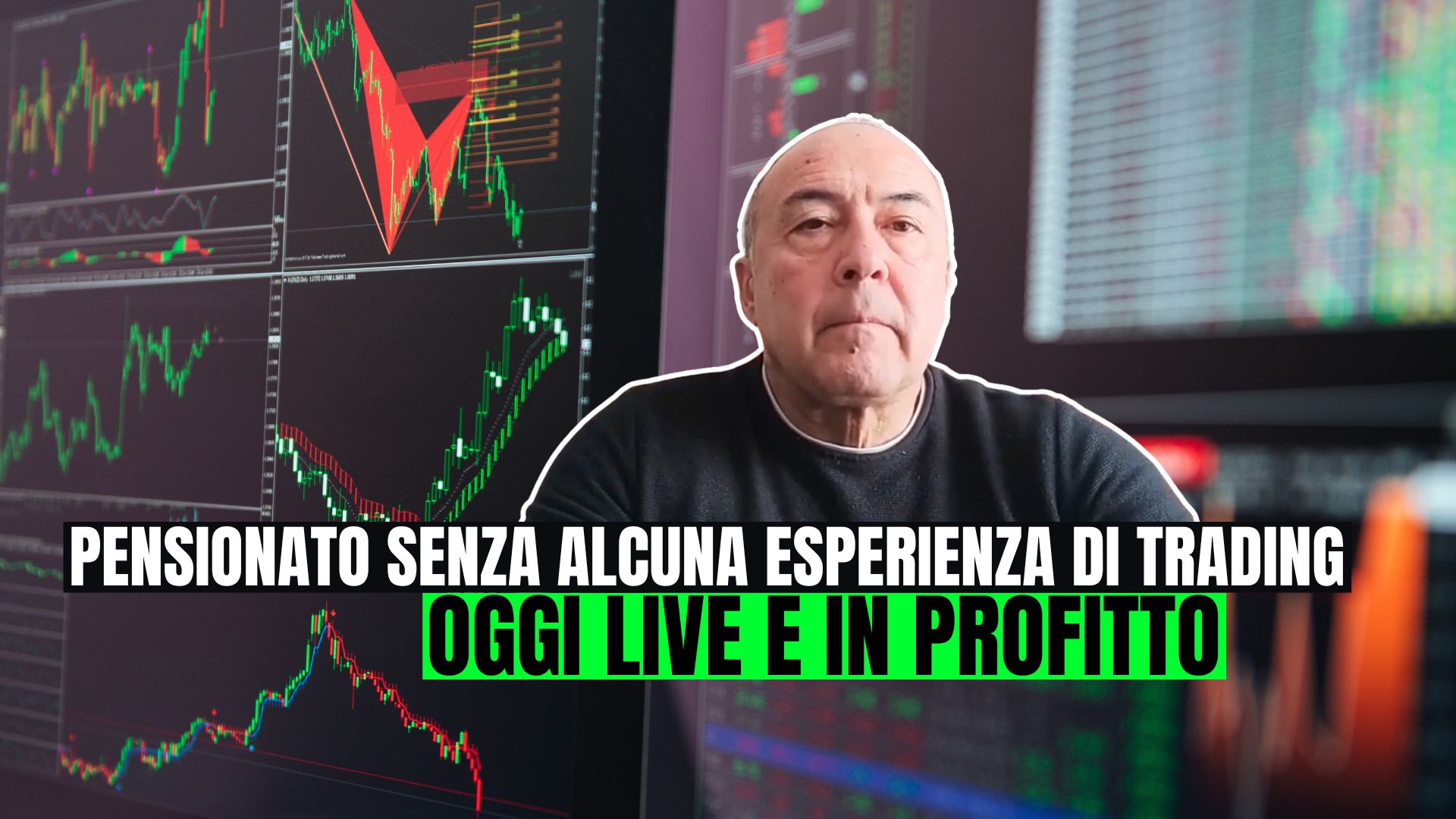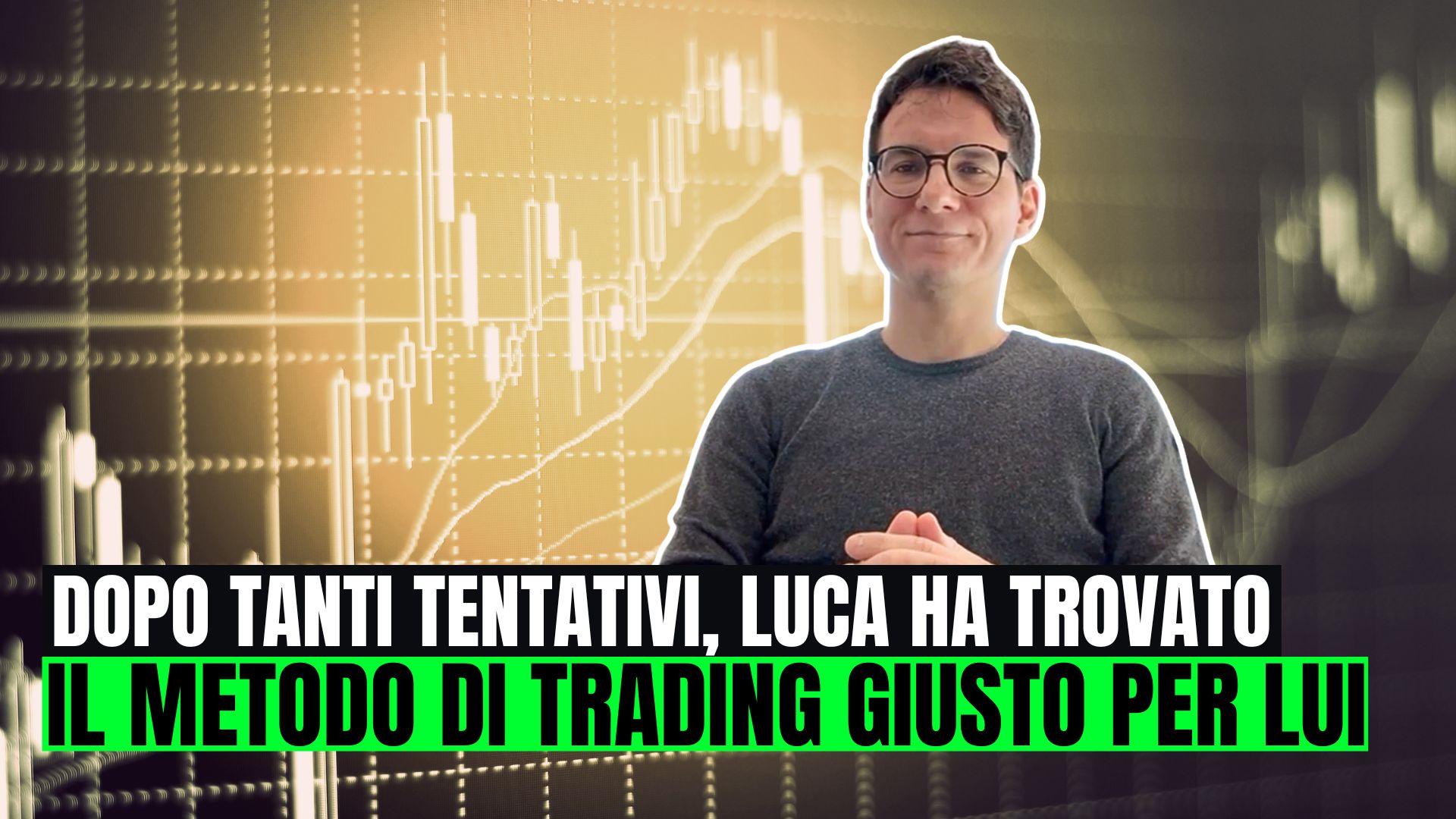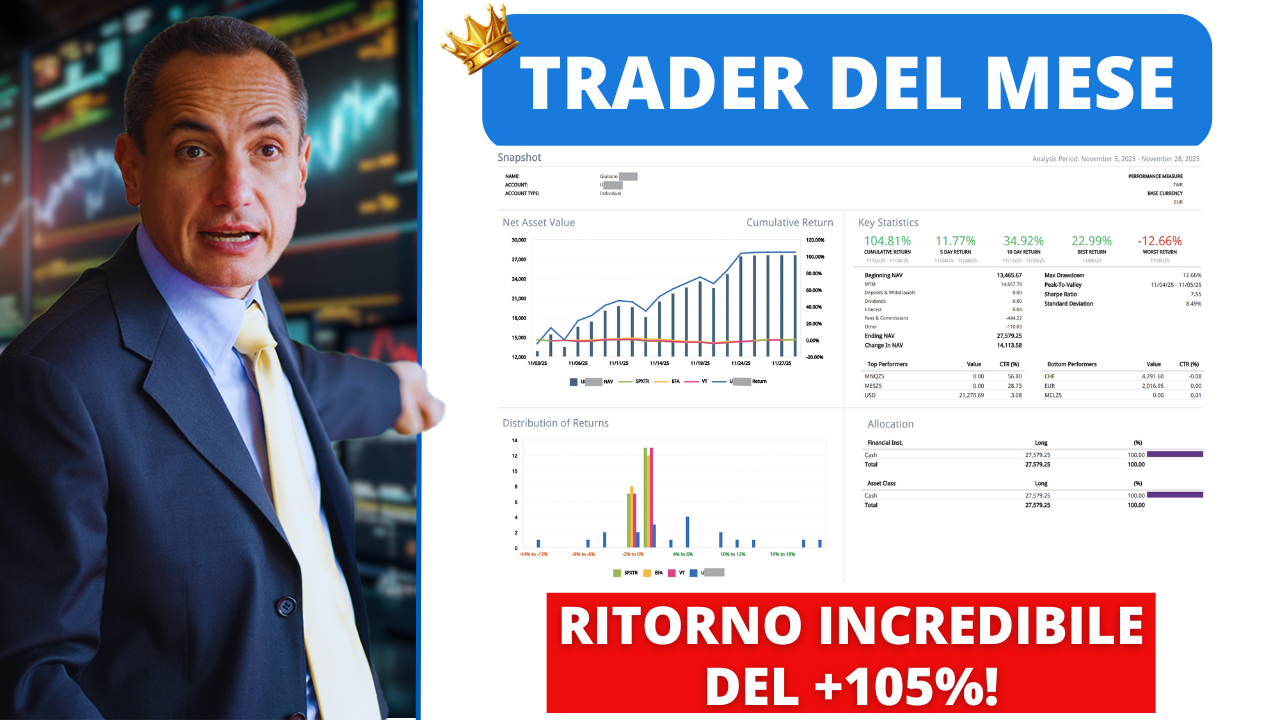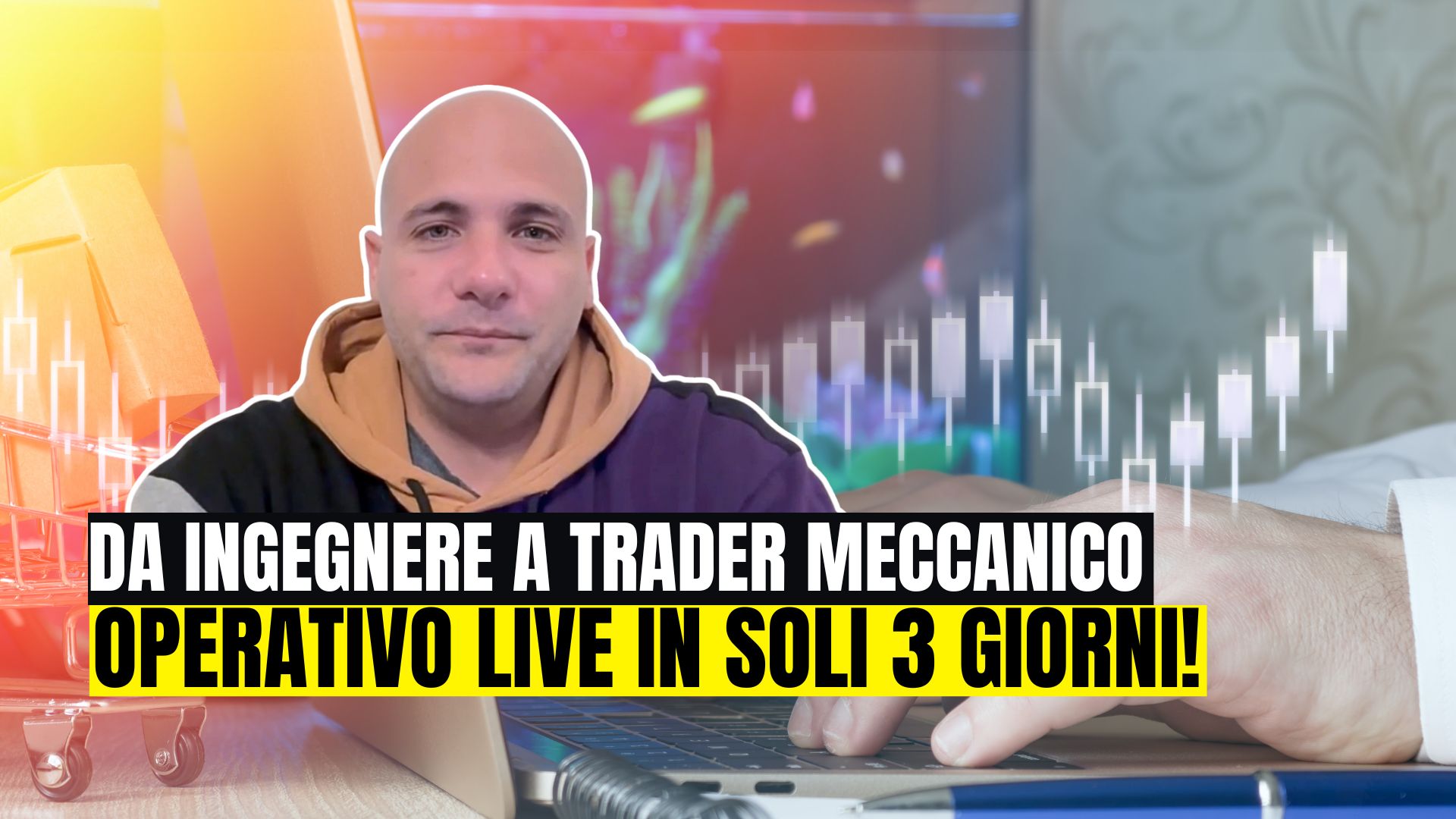Vuoi più aiuto? Prenota oggi la tua consulenza GRATUITA con il nostro team!
Definiremo una strategia che ti permetterà di avere tutto quello che ti serve per guadagnare costruendo e operando il tuo portafoglio di strategie automatizzate… Rispondi a qualche domanda nel nostro questionario e poi scegli giorno e ora più adatti a te.
Lo sapevi che l’RBOB Gasoline Future presenta un comportamento ricorrente settimanale dei prezzi che può essere sfruttato efficacemente per fare trading?
Se sei curioso e vuoi saperne di più, allora non perderti questo video!!
Ti mostreremo come costruire, dalla A alla Z, una semplice strategia automatizzata in grado di sfruttare questo comportamento ricorrente dei prezzi del future sulla benzina quotato al Nymex.
Guardando il video scoprirai:
– Come funziona il pattern di prezzo settimanale dell’RBOB Gasoline
– Come creare un semplice trading system per sfruttarlo efficacemente (spiegazioni passo passo, codice open source, analisi dei risultati del backtest)
– Alcune avvertenze per utilizzare correttamente la strategia
Buona visione!
P.S. Il video è la registrazione di una diretta di YouTube quindi verso la fine troverai anche una sessione “Q&A” in cui i nostri coach rispondono alle domande poste dagli spettatori nel corso della trasmissione.
Trascrizione
Vuoi più aiuto? Prenota oggi la tua consulenza GRATUITA con il nostro team!
Definiremo una strategia che ti permetterà di avere tutto quello che ti serve per guadagnare costruendo e operando il tuo portafoglio di strategie automatizzate… Rispondi a qualche domanda nel nostro questionario e poi scegli giorno e ora più adatti a te.







